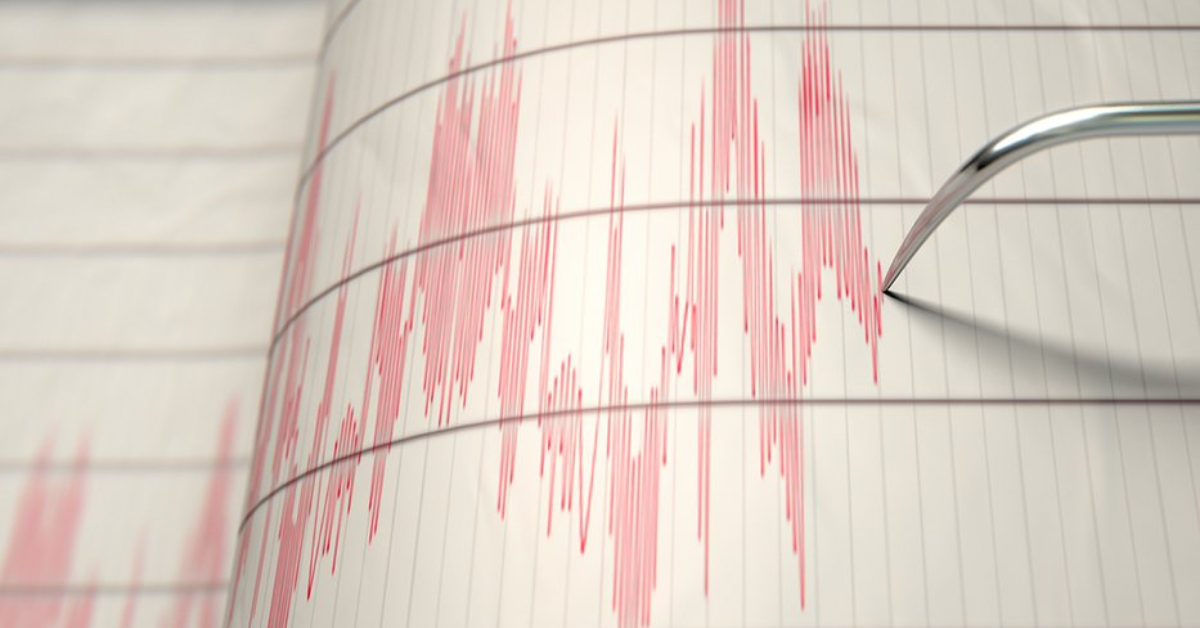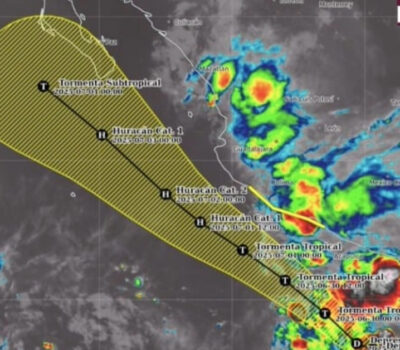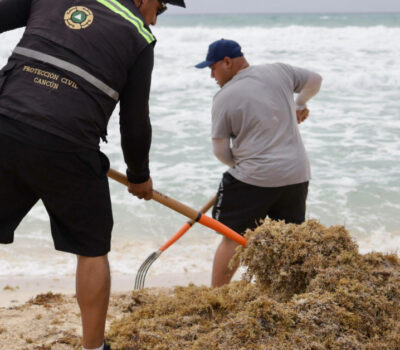On May 11, 2025, Mexico experienced several low-magnitude earthquakes across Guerrero, Oaxaca, Puebla, Chiapas, Michoacán, and Mexico City. No damage or injuries were reported, but authorities remind residents to stay prepared.
Mexico’s National Seismological Service (SSN) registered a handful of minor earthquakes on May 11, 2025, with magnitudes ranging from 2.5 to 3.9. These tremors, detected from Guerrero to Mexico City, passed without causing any structural damage or injuries, yet served as a timely reminder of the country’s seismic realities.
The day’s first quake struck at 7:14 a.m. near the coast of Guerrero, measuring 3.2 on the Richter scale. Midday brought two additional events: a 3.5-magnitude shake in the Isthmus of Tehuantepec (Oaxaca) at 11:27 a.m., followed by a 2.8 event on the Puebla-Veracruz boundary at 1:58 p.m. In the afternoon, the strongest of the series—a 3.9 magnitude tremor—hit a rural sector of Chiapas at 4:42 p.m., and a light 2.5-magnitude rattle was felt in Michoacán at 6:10 p.m. The final recorded disturbance, magnitude 3.1, occurred on Mexico City’s southern edge at 8:05 p.m.
SSN director Dr. Teresa López emphasized that these low-intensity tremors are routine along the Cocos–North American plate interface. “Although they’re too small to cause harm under normal circumstances, every detected event contributes to our understanding of stress patterns and fault behavior,” she said, noting that improved sensor networks have enhanced detection capabilities.
Civil Protection authorities used the opportunity to reaffirm standard safety measures, urging households to secure heavy items, review evacuation routes, and ensure early-warning apps are installed. In seismic hotspots like Mexico City, drills are mandatory in schools and public buildings; local officials confirmed that several institutions conducted extra exercises this spring in response to the tremors.
Geophysics experts echoed the call for vigilance. UNAM professor Dr. Manuel Ruiz pointed out that even modest quakes help refine predictive models. “Each data point, no matter how slight, sharpens our ability to forecast larger events,” he explained, adding that recent instrumentation upgrades have reduced error margins in both magnitude estimation and epicenter localization.
Insurance specialists have also taken note. “News of these quakes—even minor ones—prompts many homeowners to reassess their coverage,” said Alan Sánchez of MexiSure Insurance, who reported a rise in inquiries about earthquake policies following SSN bulletins.
Tourism operators in coastal destinations like Acapulco and Zihuatanejo welcomed the reassurance that all services continued normally. Visitors and locals alike voiced comfort in knowing that monitoring systems and emergency protocols remain robust.
As Mexico enters the hotter, drier months—when soil conditions can amplify ground movement—seismologists and civil protection agencies pledge sustained vigilance. They encourage community drills, regular building inspections, and participation in public-sector preparedness programs.
The SSN concluded its May 11 report by reminding citizens that living on the Pacific “Ring of Fire” requires constant readiness. While yesterday’s tremors were mild, they underscore the importance of collective effort in building a resilient nation capable of withstanding future seismic events.
On May 11, 2025, Mexico experienced several low-magnitude earthquakes across Guerrero, Oaxaca, Puebla, Chiapas, Michoacán, and Mexico City. No damage . . .












